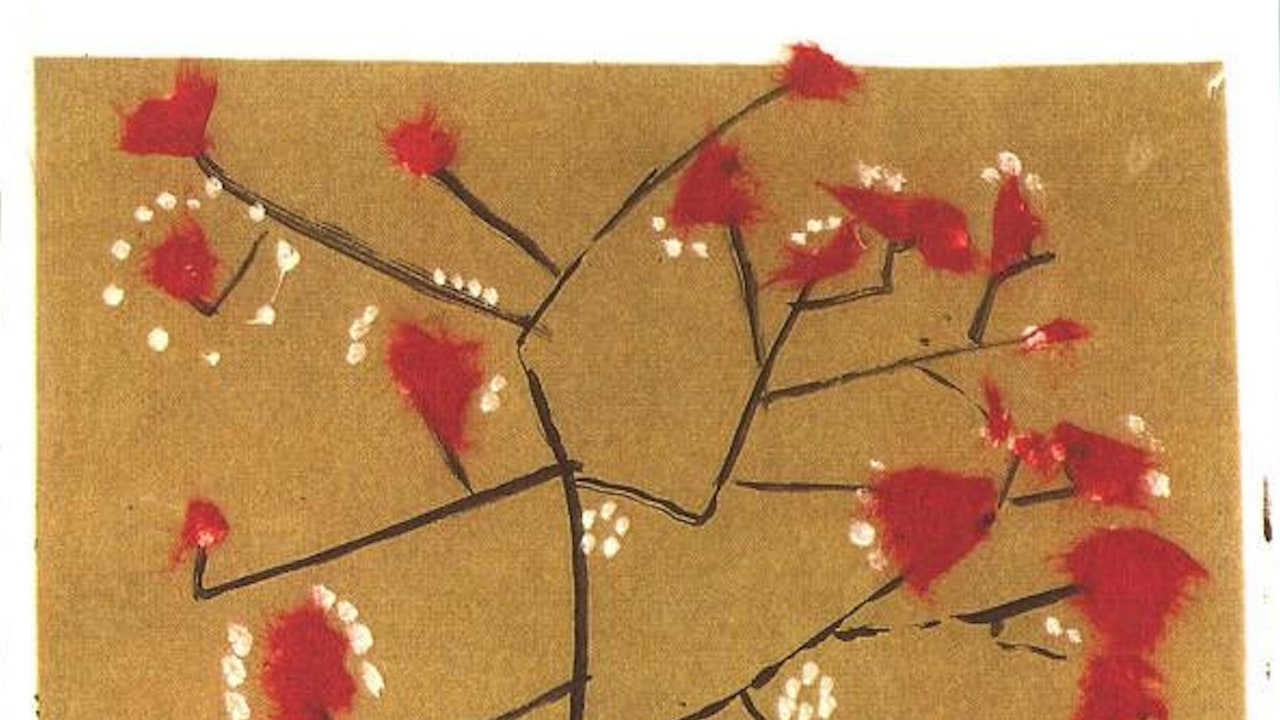Start with a group of teenaged friends, a radio show, a record shop, and a shed where they can gather and make a racket. The origin story of Movietone, which is also that of the small but mighty Bristol scene its members and friends created together in the early 1990s, is in one sense an archetypal tale. But the music they made together during their run was theirs alone. Their albums were weather systems, handmade assemblages of creaky folk, jazz-derived rumble, and dream-pop that’d been dried in the sun, wrapped in packages that seemed as if they’d been discovered in a cobwebbed attic.
Kate Wright and Rachel Coe became friends at Cotham Grammar School in their early teens. They were outcasts drawn to art who felt they understood something the straight world didn’t. Naturally, they bonded over Joy Division, the Jesus and Mary Chain, the Cure. In an interview with The Wire, Coe described the clique of their youth—which included another friend, Matt Elliott—in familiar terms. “We were sort of insular and had a little laugh at everyone else,” she told writer Joseph Stannard, “We were very judgmental about music and decided somehow that we were gonna make music ourselves.”
In late-’80s Britain, kids searching for meaning in the sub rosa culture of the underground had a few promising starting points. Nationally, you had Melody Maker, NME, Sounds, and the rest of the music press that writer Mark Sinker later characterized as a “hidden landscape once a week.” In his remembrance of the weekly “inkies” of the period, Simon Reynolds described the publications as an “all-enveloping experience that allowed you to escape from your real surroundings, with all their dreary limitations, and achieve vicarious access to the place where all the action was happening and all the ideas were percolating.” In parallel to the treasures found on the newsstands, those with an ear for adventurous sounds tuned in regularly to John Peel’s show on BBC Radio 1. Wright was an avid listener who frequently wrote letters to the host, and she was delighted when he eventually read one of them on the air.
Coe and Wright’s hometown had a longstanding bohemian tradition and strong musical history. To Americans tuned into what was going on in England at the time, it seemed cool and exotic. “Situated in the pastoral region known as the West Country, Bristol is something like an English San Francisco—as multiracial as London but more laid back,” is how Reynolds described it in The New York Times in 1995. He was writing about Portishead, Massive Attack, and Tricky, the trip-hop triumvirate that, for most, defined the city’s place in music in the decade (honorable mention to junglists Roni Size & Reprazent). But there was still room to operate in that world’s shadow, and another network of record-obsessed kids was starting to make their way.
